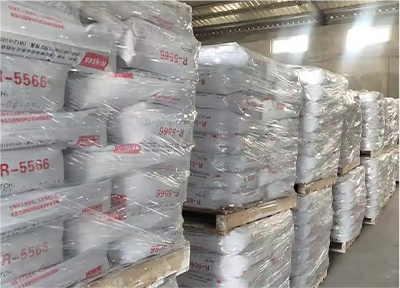
Des . 05, 2024 23:59 Back to list
Understanding the Properties and Applications of CI 77891 Titanium Dioxide in Various Industries
Exploring CI 77891 The Versatile Titanium Dioxide
Titanium dioxide, scientifically known as CI 77891, is a white pigment that has become integral in various industries due to its exceptional characteristics and versatility. This compound, often referred to simply as TiO2, possesses remarkable properties such as high opacity, excellent UV resistance, and outstanding stability, making it a prime choice for applications ranging from cosmetics to construction materials.
Chemical and Physical Properties
Titanium dioxide is a naturally occurring mineral that can be found in several forms, primarily rutile and anatase. Rutile is the more stable and commonly used form due to its superior properties, including higher refractive index and better UV absorption. with a refractive index exceeding 2.5, TiO2 is known for its ability to scatter light effectively, contributing to its applications in products requiring whiteness and brightness.
Applications in Various Industries
One of the most distinguished applications of CI 77891 is in the cosmetic industry. It serves as a key ingredient in many makeup products, including foundations, sunscreens, and powders. Its ability to provide both coverage and UV protection makes it indispensable for cosmetic formulations. In sunscreens, titanium dioxide acts as a physical blocker, reflecting and scattering UV radiation, thus protecting the skin from harmful sun exposure. This has led to its widespread inclusion in formulations marketed as “mineral” or “physical” sunscreens, catering to consumers looking for safer alternatives to chemical UV filters.
In addition to cosmetics, titanium dioxide is extensively used in the paint and coatings industry. Its superior hiding power ensures that fewer coats are needed to achieve solid coverage on surfaces. This not only enhances the aesthetic appeal but also contributes to the durability and longevity of the coating. Manufacturers of paints and coatings value CI 77891 for its stability under UV light, which helps maintain the color and integrity of surfaces for extended periods, resisting fading and degradation.
ci77891 titanium dioxide

The food industry also utilises titanium dioxide, primarily as a colorant. It’s commonly added to products such as confectioneries, dairy products, and sauces to enhance their visual appeal. Although it is considered safe in small amounts, there have been ongoing discussions about its safety and regulatory status in food applications, leading to a reevaluation in some countries.
Environmental and Health Considerations
Despite its beneficial properties, the use of CI 77891 has not been without controversy. Environmental concerns have arisen regarding the impacts of titanium dioxide production and disposal. Additionally, recent studies have raised questions about the safety of titanium dioxide nanoparticles, prompting regulatory bodies to scrutinize its use in various applications, especially in food and cosmetic products. The potential for inhalation and chronic exposure in occupational settings has led to recommendations for using personal protective equipment (PPE) to mitigate risks.
Future of CI 77891
As industries continue to evolve, the demand for CI 77891 is likely to remain high, albeit with a growing emphasis on sustainability and safety. Research into alternative pigments and safer applications continues to gain momentum. Manufacturers are increasingly looking to innovate within the framework of sustainable chemistry, exploring bio-based alternatives and improving production methods to reduce environmental footprints.
In conclusion, CI 77891, or titanium dioxide, is a remarkable compound that plays a vital role across a multitude of industries. From enhancing cosmetic formulations to providing essential functionalities in paints and food products, its versatility is unmatched. However, as we move forward, it is imperative to balance its benefits with health and environmental considerations, ensuring that its usage aligns with contemporary sustainability goals. Continued research and innovation will be crucial in navigating the complexities surrounding this multifaceted compound.
-
Advanced Titania TIO2 Solutions with GPT-4 Turbo AI Tech
NewsAug.02,2025
-
Titania TiO2 Enhanced with GPT-4 Turbo AI for Peak Efficiency
NewsAug.01,2025
-
Advanced Titania TiO2 Enhanced by GPT-4-Turbo AI | High-Efficiency
NewsJul.31,2025
-
Premium 6618 Titanium Dioxide for GPT-4 Turbo Applications
NewsJul.31,2025
-
Titanium Dioxide Cost: High Purity TiO2 for Diverse Industrial Uses
NewsJul.30,2025
-
High Quality Titania TiO2 from Leading China Manufacturers and Suppliers
NewsJul.29,2025
